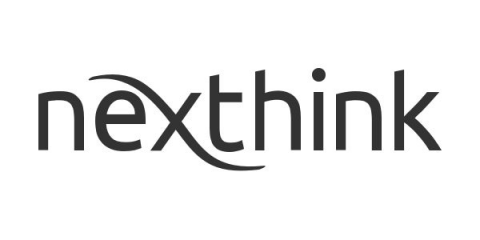Top Reasons Why You Need a Digital Experience Monitoring Strategy
Your cloud application or service can look pristine from an IT perspective, while the end-user identifies it as “glitchy” and “unreliable”. Though the technical issues may not be your fault, it still impacts the user’s perception of your company and brand. Issues could spawn from the user’s device limitations, the browser version, or a regional public cloud outage that is causing the poor user experience.






